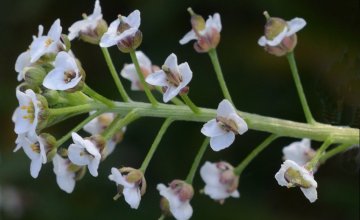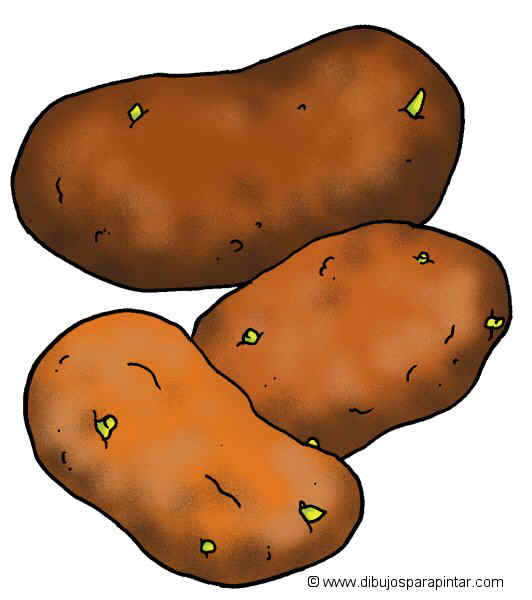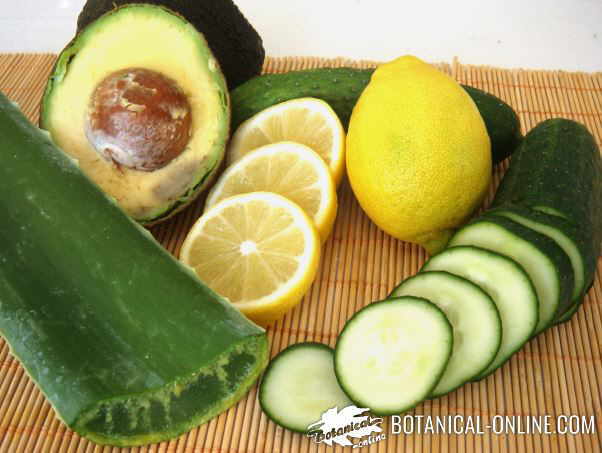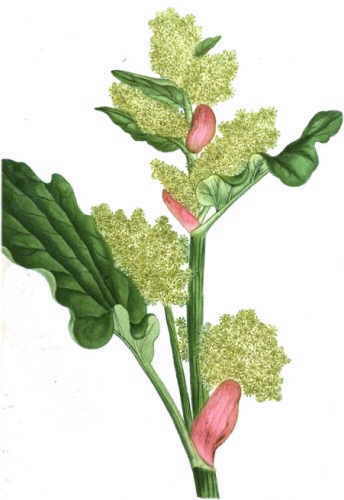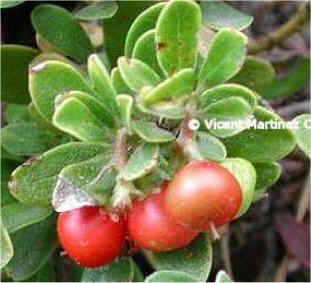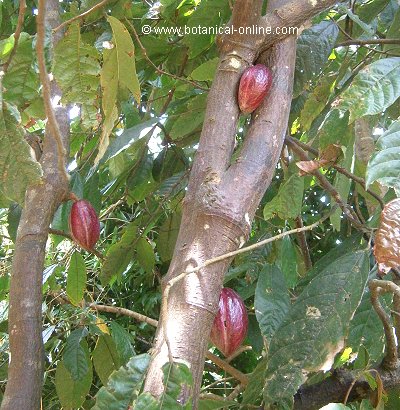Contents
Food properties of spices and aromatic herbs
Everyone knows to a greater or lesser extent that certain food groups are a source of certain nutrients. For example, fruits are related to vitamin C, or legumes, with proteins and minerals, or vegetables are related with fiber and vitamins.
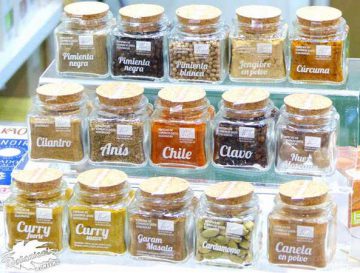
In the same way, spices and aromatic herbs are a source of nutrients not found in other foods. They are the richest foods in potassium and calcium. They also reduce sodium intake (they enhance the salty taste and avoid using a lot of salt) and some are immensely rich in certain vitamins. They are a true nutritional supplement to our dishes!
Medicinal properties of spices
Despite being a very important component in the history of humanity, ubiquitous in kitchens, the benefits of spices are still unknown to most diners, who often underestimate them, or are simply unaware of their enormous culinary and medicinal potential. And not only among consumers, but many experts also have the subject of delving into the fascinating world of spices and aromatic herbs pending.
Most spice constituents show anti-inflammatory, antioxidant, and anti-infective activity. On a medicinal level, we also know that spices and aromatic herbs have been used for healing purposes since ancient times. For example, we could cite the herbs that appear in the Ebers Papyrus (1,500 BC), which is the oldest known pharmacopoeia.
A thousand years later, Hippocrates anticipates talking about the healing properties of food (such as broccoli for headaches, among other properties). There are records from Cato the Elder (234-149 AD) recommending Roman citizens to grow broccoli against gastrointestinal diseases.
Spices against obesity
The connection between palatability, spices, and obesity is becoming more and more evident. One of the most studied compounds in this field are capsinoids (components of chili and peppers). Capsinoids increase fat oxidation, intensify the body’s energy expenditure and increase satiety.
It is estimated that consuming capsaicin every day produces significant weight loss after 1-2 years, due to its effect on metabolism (it increases thermogenesis), and by satisfying appetite. These properties of capsaicin are also being studied for their possible effect on sports performance.
Mexicans eat an average of 250 mg of capsaicin per day, and Americans consume 0.6 mg of capsaicin per day. The difference between this consumption has been related to obesity at the time of adopting a westernized diet. In addition, of course, to other factors such as the obesogenic environment.
Capsitate, a non-spicy derivative of chili capsaicin, has also been shown to be of interest as it can produce changes in body fat composition. In some countries, this component is already used as a food supplement.
Spices and aromatic herbs for digestive diseases
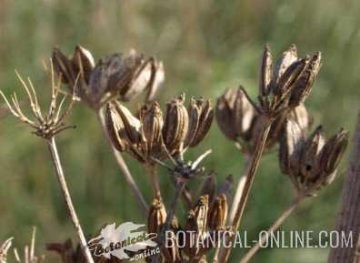
The plants that are most recommended for gastrointestinal diseases are those called carminatives, which have properties to get rid of gas and to eliminate calm cramps.
The effect of these plants is due to different possible pathways: they stimulate the digestion of carbohydrates, the modulation of bacteria, so that the gas they produce is regulated or the decrease in visceral sensitivity to gas. Examples of carminative plants are most culinary herbs and spices, such as anise, fennel, mint, or cinnamon.
Ginger is also used because it has properties to reduce vomiting and is also a natural antihistamine.
*Related information: Aromatic herbs and digestive spices
Aromatic herbs and spices for diabetes

Cinnamon has been observed to increase insulin sensitivity, making it work more efficiently, thus helping to fight diabetes. In addition, cinnamon also directly stimulates pancreatic cells to produce more insulin. The ingestion of 1 to 6 grams per day of cinnamon decreases blood glucose levels by approximately 20%. Capsaicin, the component of hot chili peppers, also has properties in this regard.
Another interesting component is taurine, which although it is not a spice, but a component found in shellfish and fish, can also increase insulin secretion from the pancreas. In fact, there are curious studies in which an improvement in diabetes has been observed only by eating fish daily for a couple of weeks.
Spices for the brain
One of the fields that currently arouses more interest in spices is their possible effect on the nervous system. In

this sense, spices could have a neuroprotective effect, that is, against degeneration or premature aging of the brain.
In animal models, capsaicin has been shown to improve cognitive abilities in rats with Alzheimer’s. On the other hand, there are many studies that support the use of spices for their aroma in people with Alzheimer’s, dementia, and other nervous disorders. The nasal and retronasal absorption of some components of essential oil odors, which would explain their effects on the nervous system, opens a new field full of unknowns and possibilities.
Regarding spices and their effects on the brain, it is worth mentioning those hypotheses that curcumin from turmeric contributes to reducing the prevalence of Alzheimer’s disease in India.
Carvacrol, a component of many aromatic herbs such as rosemary, is also being studied for its protective role against brain damage and in animal models of neurodegenerative diseases.
Spices against pain
Hot chili pepper (Capsicum spp.) has been used as a local analgesic, applied on the painful area in ointments or creams. On the market there are numerous preparations for pain that contain this principle.
The anti-inflammatory effects of spices can be used internally and externally, since introducing these foods into the diet also exerts an anti-inflammatory effect (Consume spices and aromatic herbs, but do not eat products with capsaicin that are not prepared for internal use, for example topical creams).
Conclusions about aromatic herbs and spices
As early as 1923 Victor Lindlahr affirmed that “90% of the diseases known to man are caused by cheap food“. Today the phrase is still valid about cheap food, except if we think about spices. What was once very unaffordable, today everyone in the world can enjoy it.
Aromatic herbs and spices are, without a doubt, the phytotherapy hidden in the kitchen. You don’t have to go looking for very select, expensive or miraculous ingredients to have a healthy diet.
* Related information:
Properties of aromatic plants in the kitchen
Nutritional value of aromatic plants
![]() More information on aromatic herbs and spices
More information on aromatic herbs and spices


